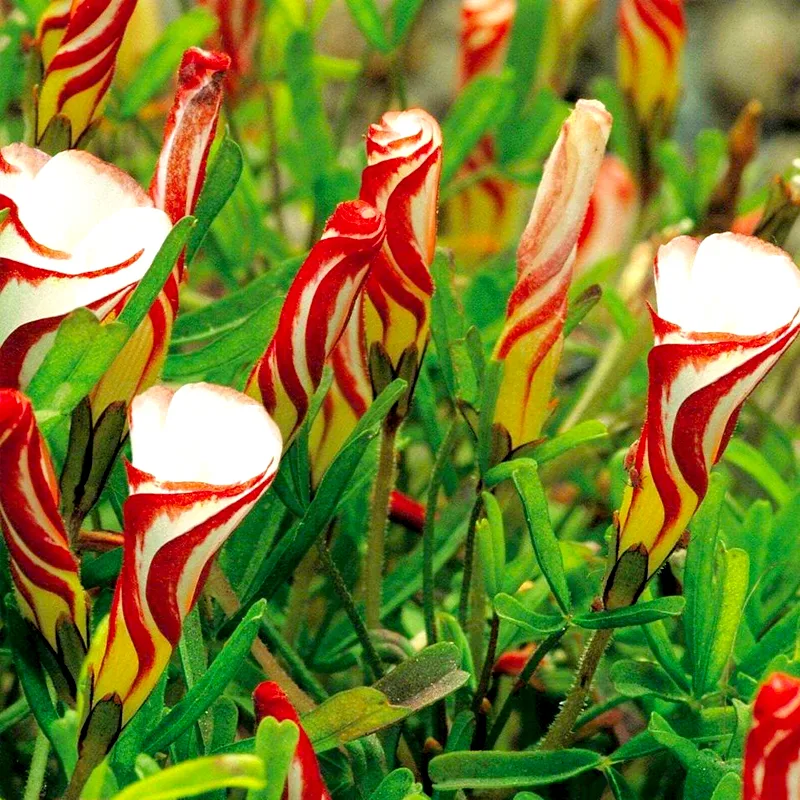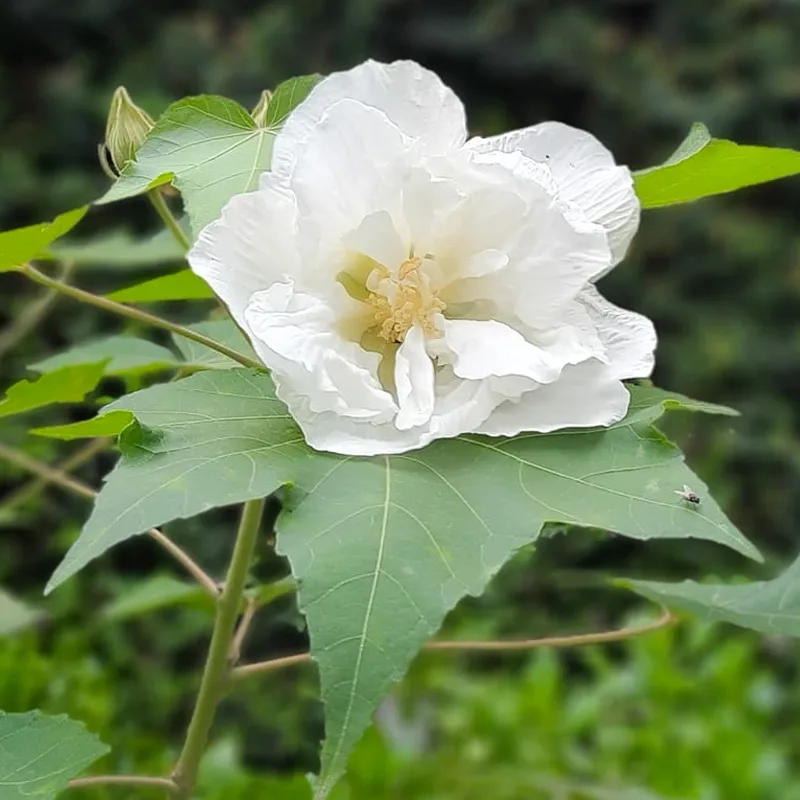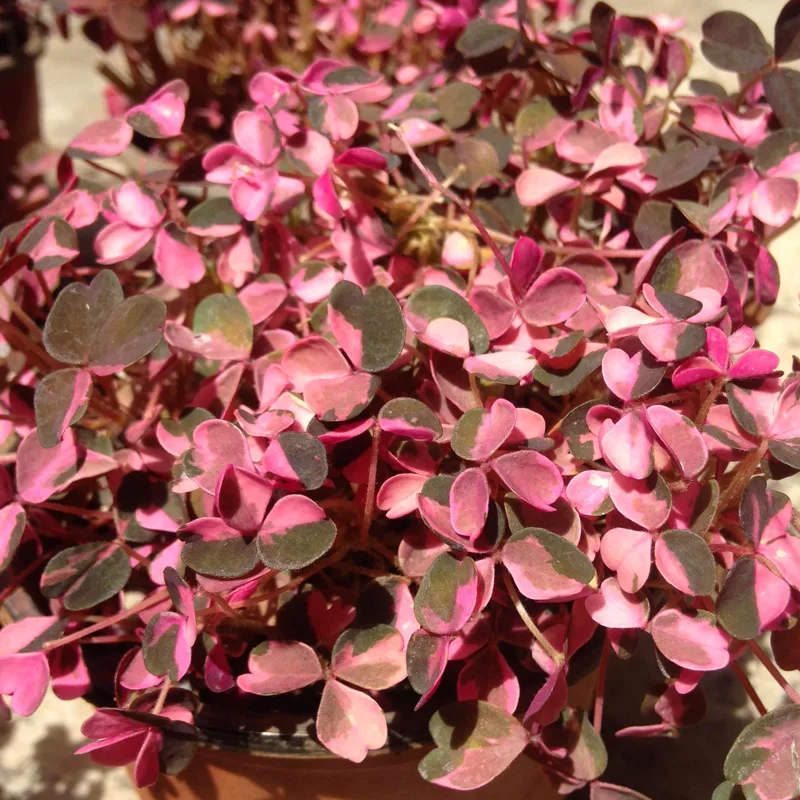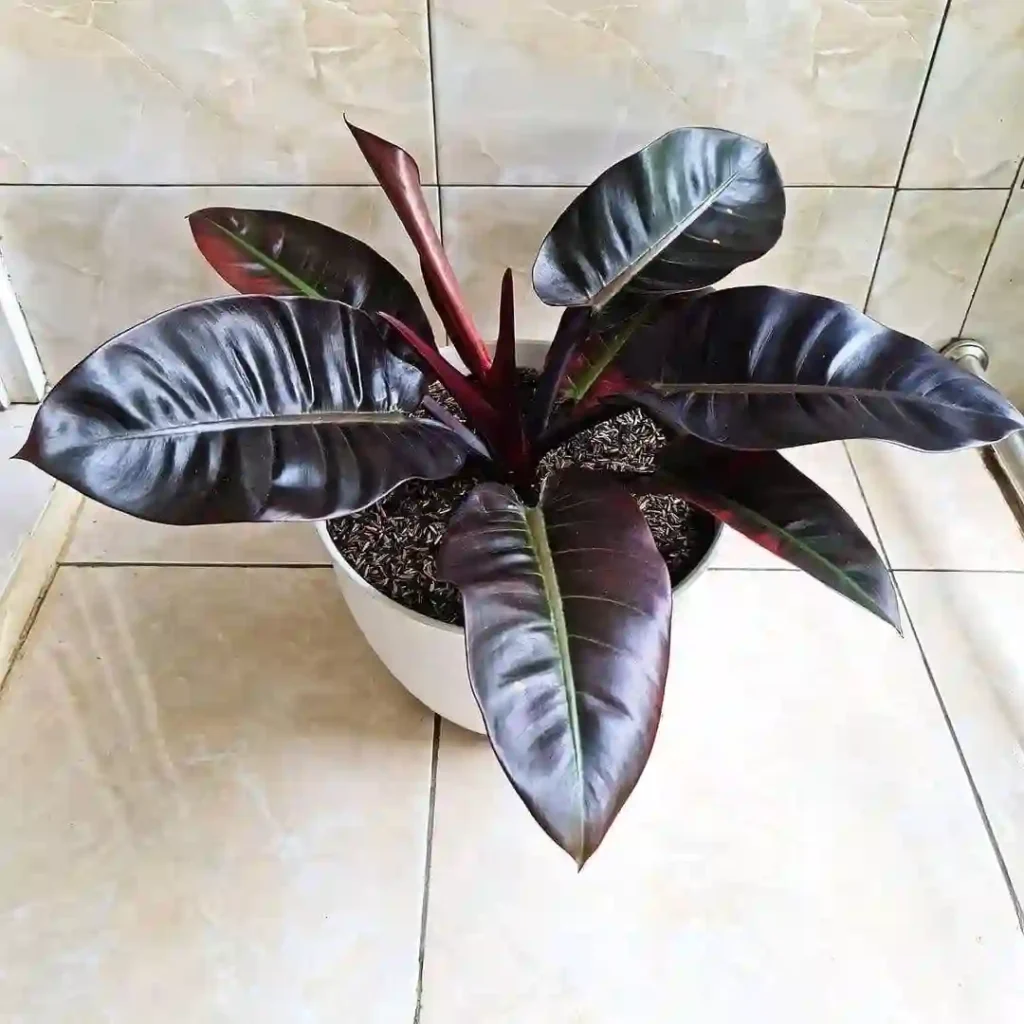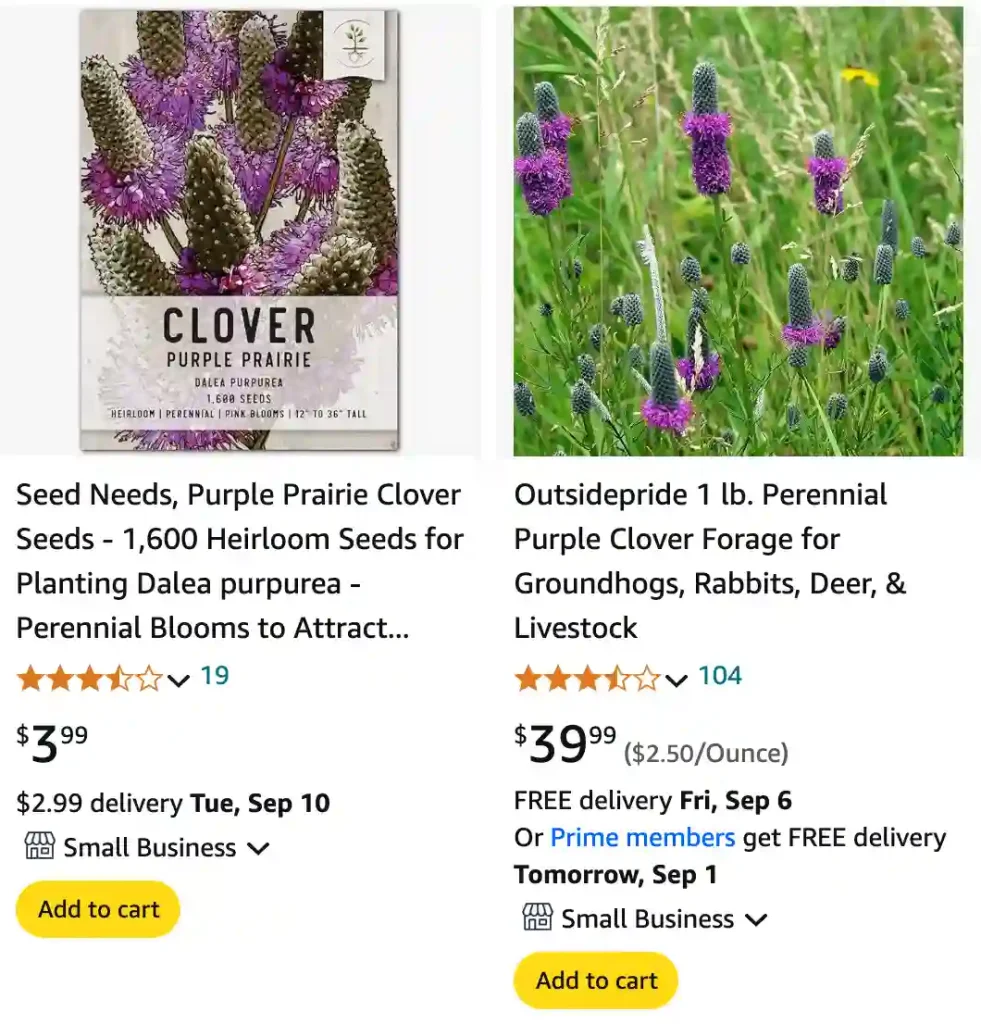
What Is Dalea Purpurea?
Dalea Purpurea, commonly known as Purple Prairie Clover, belong to the Fabaceae family, is a perennial native to North America’s prairies. It’s celebrated for its vibrant, purple flower spikes that bloom from late spring to early summer. The plant belongs to the legume family, Fabaceae, and is known for its drought tolerance and ability to enrich soil with nitrogen. The unique flower spikes can reach up to 12 inches in length, providing a stunning display of color against its green, finely divided foliage.
Plant Family: 796 Genera in Fabaceae
How to Care for Dalea Purpurea?
Caring for Dalea Purpurea is relatively straightforward. Here are the key points to keep in mind:
- Sunlight: It thrives in full sun. Aim for at least 6 hours of direct sunlight daily to encourage vigorous growth and flowering.
- Soil: Prefers well-draining soil. Sandy or loamy soils are ideal, but it can tolerate a range of soil types as long as they drain well.
- Watering: Once established, it is quite drought-tolerant. Water sparingly, and only during prolonged dry spells. Overwatering can lead to root rot.
- Fertilization: This plant is not particularly needy when it comes to fertilizer. An occasional application of a balanced, all-purpose fertilizer can help, but avoid over-fertilizing, as this can inhibit blooming.
How to Propagate Dalea Purpurea?
Propagation of Dalea Purpurea can be achieved through seeds or division:
- Seeds: Start seeds indoors 6-8 weeks before the last frost date. Sow seeds on the surface of the soil and lightly cover them. Keep them in a warm, sunny location. Transplant seedlings outdoors after the last frost.
- Division: Although less common, you can divide mature plants in early spring or fall. Gently separate the root clumps and replant them in well-prepared soil.
What to Plant With Dalea Purpurea?
Dalea Purpurea pairs well with a variety of other prairie plants and garden companions. Consider these combinations:
- Grasses: Plant alongside Little Bluestem or Prairie Dropseed to complement its natural prairie look.
- Wildflowers: Combine with Echinacea (Coneflower), Rudbeckia (Black-eyed Susan), and Coreopsis for a colorful, diverse garden bed.
- Succulents: In drier, rock garden settings, it can be paired with Sedum and Agave for a striking contrast in texture.
Is Dalea Purpurea Toxic?
Dalea Purpurea is not toxic to humans or pets. It’s a safe choice for gardens where children and animals play. Its non-toxic nature makes it an excellent option for a family-friendly garden.
Benefits of Growing Dalea Purpurea
- Soil Health: As a legume, Dalea Purpurea fixes nitrogen in the soil, which can improve soil fertility and benefit surrounding plants.
- Drought Tolerance: It’s highly drought-resistant, making it a reliable choice for low-water gardens or xeriscaping.
- Wildlife Attractant: The plant attracts pollinators such as bees and butterflies, making it a valuable addition to pollinator gardens.
Common Problems with Dalea Purpurea
Despite its hardy nature, Dalea Purpurea can encounter a few issues:
- Powdery Mildew: In humid conditions, this fungal disease can affect the plant. Ensure good air circulation and avoid overhead watering to prevent mildew.
- Root Rot: Overwatering can lead to root rot. Make sure the soil drains well and water only as needed.
- Pests: While generally pest-resistant, watch for aphids and spider mites, particularly during dry spells. Regularly inspect your plants and use insecticidal soap if needed.
Comparing Dalea Purpurea with Similar Plants
Dalea Versicolor: While Dalea Purpurea is known for its purple flowers, Dalea Versicolor has pink and purple blooms. Dalea Versicolor typically has a more sprawling habit compared to the upright growth of Dalea Purpurea.
Dalea Lepida: Also called the “Big Prairie Clover,” this species has larger leaves and taller flower spikes than Dalea Purpurea. It requires similar care but can grow more aggressively.
Dalea Fissiloba: Known for its smaller, more delicate flowers and finer foliage, Dalea Fissiloba contrasts with the robust, showy flowers of Dalea Purpurea. It is also more tolerant of slightly wetter conditions.
Conclusion
Dalea Purpurea, or Purple Prairie Clover, is a delightful addition to any garden with its vibrant flowers and drought tolerance. Its ease of care and benefits to soil health make it a standout choice for prairie gardens or low-maintenance landscapes. Whether you’re planting it to attract pollinators or to enhance soil fertility, this hardy perennial offers both beauty and practicality.
If i die, water my plants!
